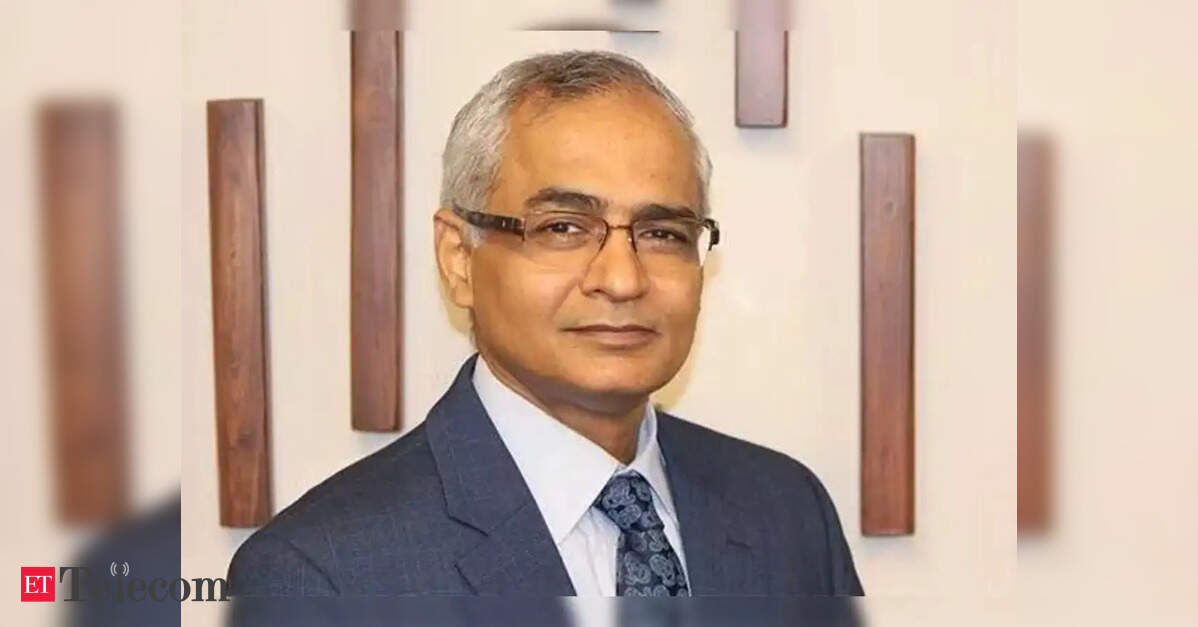India is set to revolutionize its broadband connectivity as six lakh villages will soon be connected to a high-speed optical fibre-based broadband network within the next three years, according to a senior government official. The ambitious plan is part of the ongoing Bharatnet Phase 3 initiative, which focuses on connecting remote villages with cutting-edge broadband infrastructure.
Telecom Secretary Neeraj Mittal made the announcement during his address at the CII-GCC Business Summit, noting that currently, Global Capability Centers (GCCs) are concentrated in major cities. However, this expanded connectivity will allow these centres to branch out and tap into tier 2 and tier 3 towns, driving economic growth in previously underserved regions.
"Within three years, we will connect all the village panchayats — approximately 2.5 lakh — and the associated villages, which number about six lakh, to a high-speed fibre network," Mittal explained.
This vast connectivity expansion is backed by an investment of ₹1.39 lakh crore for the Bharatnet Phase 3 rollout. The initiative will not only connect rural areas but also upgrade existing mobile towers with optical fibre cables, significantly boosting network speeds. This infrastructure improvement is also a key enabler for future high-speed 6G services.
Mittal highlighted that India benefits from remarkably low data costs, which stand at just 9 cents per GB, a stark contrast to the global average of USD 2.6. This makes India an increasingly attractive destination for GCCs, as affordable and reliable connectivity is a cornerstone of their operations.
"The enablers for GCCs are already firmly in place in India," Mittal said. "We have the talent, connectivity, innovation capacity, rule of law, and strong intellectual property protections. These factors make India an ideal hub for digital business operations."
Currently, India boasts a median broadband speed of 138 Mbps, with 99.6% of the country covered by GCC infrastructure. Mittal also mentioned that only two districts in the country remain without 5G services, with recent efforts by three telecom companies to secure licences for these areas set to drive connectivity in tier 2 and tier 3 cities.
The government has also worked to streamline processes by freeing up additional spectrum to enhance Wi-Fi access across the nation. In addition, it is actively working to provide greater ease of doing business for cable landing stations through a single-window portal, facilitating faster and more efficient infrastructure deployment.
With these strategic initiatives in place, the government aims to ensure that digital infrastructure supports the growth of GCCs and encourages innovation and business development, particularly in India’s smaller cities and towns.
